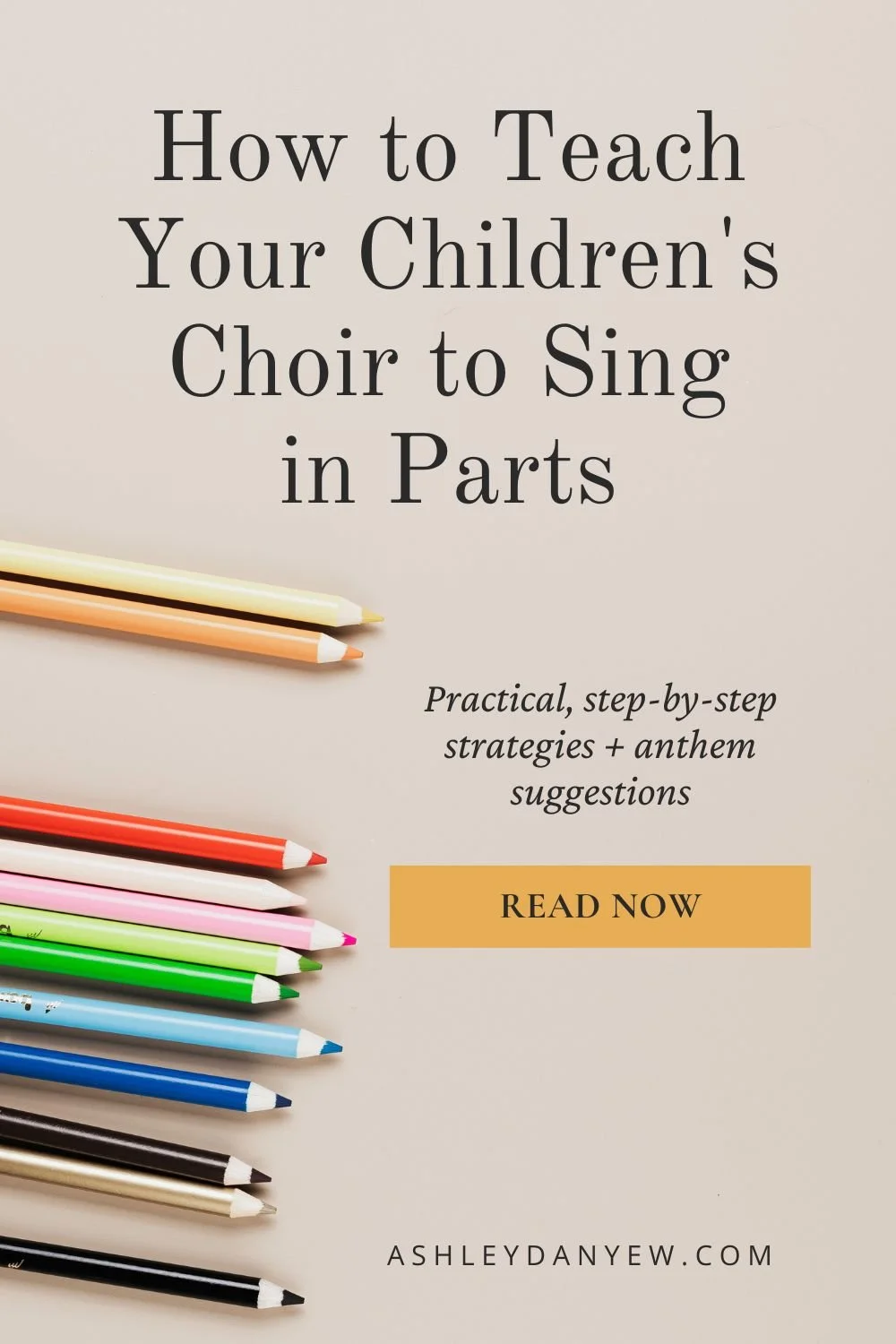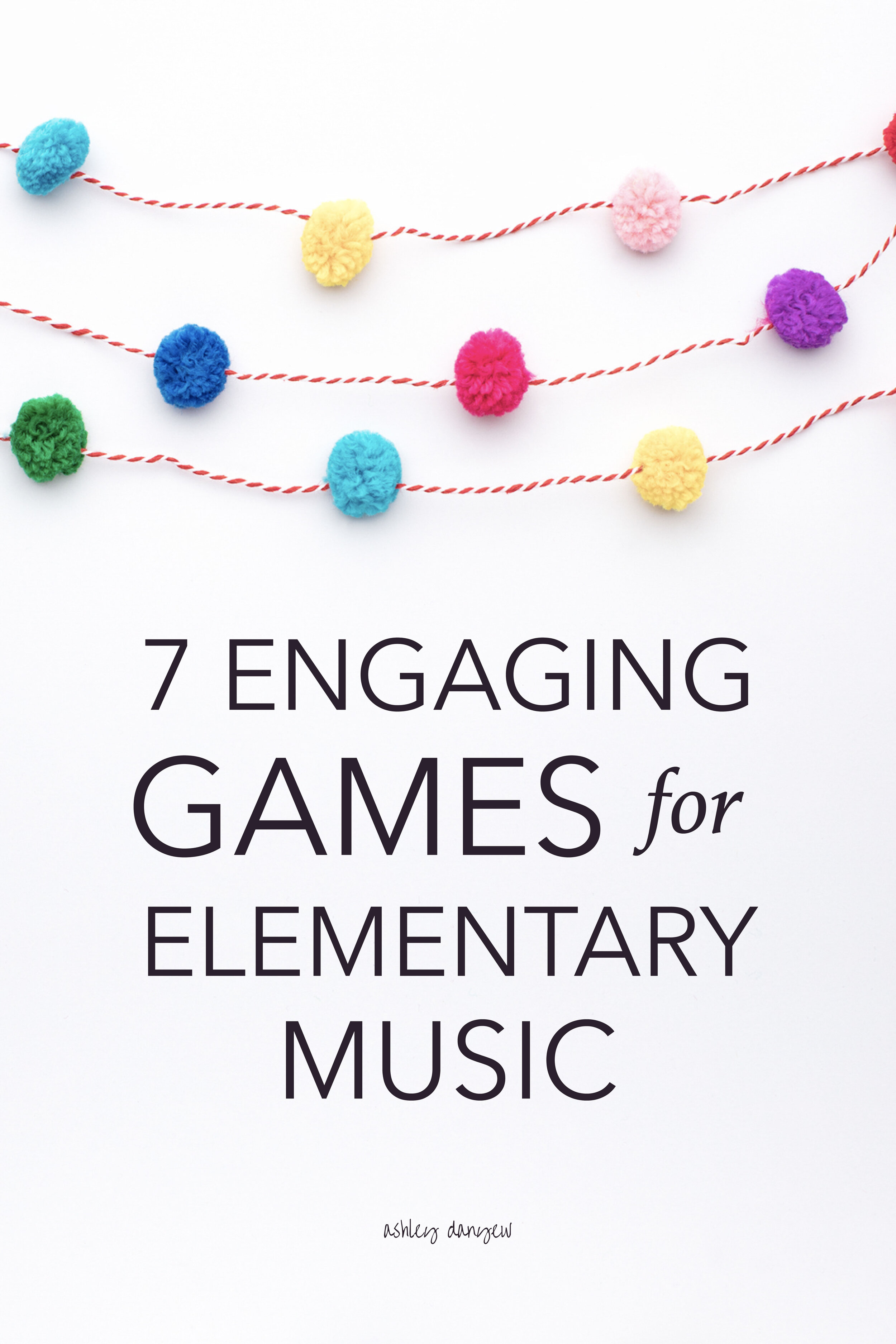When was the last time you saw a child really excited about something? They jump up and down and wave their arms and run around. Movement is a natural response for children (source). After all, we learn by doing, acting, observing, experimenting, and feeling. This is especially important to remember when teaching children to sing. Singing is a full-body activity (source) and movement invites children to connect and engage with music in a whole new way.
Use movement activities in your choir rehearsal to help develop critical listening skills, that all-important sense of steady beat, responsiveness, discernment, sensitivity to phrase-shaping and other elements of music expression, inner hearing, understanding of harmony and tension-release, and musicality. Movement also helps children develop coordination skills and connects eye and ear and body and mind.
Aside from warm-ups, how can you incorporate movement in a meaningful way in your choir rehearsal? Here are a few ideas:
10 Movement Activities for Children
Down, Down, Baby
This rhythmic clapping game (anyone remember this from Sesame Street?!) includes clapping, stomping, and wiggling and can be done with several children standing in a circle. I love this video.
Floating Whole Notes
Such a great way to teach whole notes! Help children feel the duration of longer note values by having them toss a balloon or lightweight scarf into the air on the downbeat of each measure. Play a simple accompaniment (or a recording) with four beats per measure. See a video demonstration here.
Body Percussion
Everyone can be their own one-man band with this fun activity. Start with your head and demonstrate a simple motion (e.g. nodding or shaking your head) and sound effect ("ya ya ya!" or "sh sh sh"). Add body parts with corresponding motions and sounds until you've reached your feet (seven sounds total). (source)
For an additional challenge, try using body percussion to accompany a piece of music. For instance, if the piece is in 4/4, with 4-bar phrases, you might do a sequence of four motions/sound effects, four beats each. Try doing them out of order or backwards (feet up to head) for a little extra fun!
Dona Nobis Pacem
Consider teaching this traditional 3-part song (translated "Grant us peace") using the Dalcroze approach (read more about that here). Develop skills and vocabulary around melodic contour, rhythm patterns, tension-release, steady beat, and energy.
Long-Legged Sailor
This old favorite has fun movements that correspond to each verse: long-legged, short-legged, one-legged, etc. See the movements in action in this video.
Musical Chairs (with a twist)
Set up chairs side by side in a straight line, one fewer than the number of children playing (for extra fun, try having all the chairs face the same direction). Turn on the music for a few seconds, then pause suddenly. When the music stops, the children must rush to find an open chair and sit down. Remove one chair each round until there is only one chair remaining for all the children! (source)
Boomwhackers
For those of you who may not know, Boomwhackers are color-coded plastic percussion tubes tuned to musical pitches - longer tubes are lower pitches, shorter tubes are higher pitches (source). They create sound when struck - tap two together or "whack" on the floor or other surface. You can also purchase a special rack to hold them and play them with mallets, like a xylophone. Find more related products here.
Put on some music and have children practice keeping a steady beat. Introduce children to harmony and chords by having them play along with a simple hymn or folk song (something that uses I and V chords like "How Firm a Foundation" or "A Ram Sam Sam"). Create a chart or write the notes of each chord on a whiteboard (e.g. C-E-G, G-B-D-F) and have children practice the chord changes together.
Related post: Your Go-To Guide for Using Boomwhackers with Your Children’s Choir
Boom, Snap, Clap
A fun hand-sign game (source), "Boom, Snap, Clap" works best when children work in pairs. Once everyone is comfortable with the movement sequence, try having half the group sing a familiar song (choose something in duple meter with 4-bar phrases) and half the group accompanying with the boom, snap, clap sequence. See a step-by-step video here.
Whizz!
This is a fun sound effect game: Children stand in a circle facing inward. Someone starts by 'passing' the sound "whizz!" to the person on his/her right with a sweeping gesture with both hands. Children continue to pass the action and sound around the circle. At any point, a child may pass the sound and gesture in the opposite direction. Keep a steady beat as you go.
Add in other sounds and gestures as you go (and try changing the tempo!):
“Diddly-dee" = pass sound (with both hands) over the person on your left or right.
"Zoom" = pass sound across the circle with a forward action of the arms and body.
"Boing!" = if the person receiving the 'zoom' does not want to accept it, they can put up a shield with arms in front of their body and bounce the sound back to the sender. The sender must think quickly about what action and sound to do next.
Dum Dum Song
A simple song with nonsense syllables and lots of fun movements! This works really well with an upper elementary choir or youth choir (see the Minnesota Boychoir sing it here). Have singers sit in rows (fairly close together). Talk through a few of the movements to get them started. Sing together and call out motions at the end of each repetition.
Looking for more?
Download this free eBook with over 60 games for children’s choir.
FREE RESOURCE
Let’s play.
This eBook features 60+ fun, creative, musical games for children of all ages, including step-by-step directions for how to play each game, plus links to video demonstrations, where applicable.
I’d love to hear from you:
How do you incorporate movement in your choir rehearsals? What are your favorite games or activities?







































